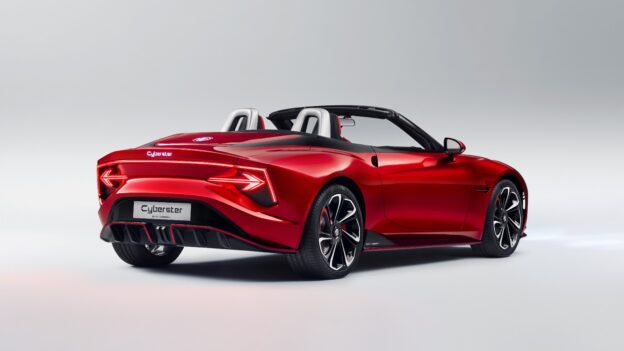All-season tyres increasingly popular: these are the pros and cons
If you need new tyres for your car, there is a lot of choice. They come in different types and sizes, with different characteristics and from countless manufacturers. You have summer tyres, winter tyres and all-season tyres.
Summer tyres are by far the best-selling car tyres in the world, which are also fitted as standard on most new cars. Every car has a tyre size prescribed by the manufacturer, including the corresponding tyre pressure. The size and pressure of the tyres determine the specific driving behaviour that has been calibrated by the car manufacturer.
A car which is designed for a comfortable ride needs a comfortable tyre with a relatively high sidewall. With a sportier car, for example, you want a wider and flatter tyre for more steering precision and grip when cornering. If you are searching for replacement tyres, you must first know which type and size belongs to the car.
You can also make a choice based on the mandatory tyre label. This allows you to easily check and compare the performance of the tyre in terms of energy consumption, safety (grip and braking distance) and noise.
Summer tyres or winter tyres?
The main differences between a summer tyre and winter tyre are the profile and rubber compound. The latter determines the flexibility of the tyre. This is important, because a tyre needs to deform properly in order to make optimal contact with the road surface. Only then, the tyre will perform at its best. This results in more grip, a shorter braking distance, maximum water drainage and the right rolling resistance. The latter also has an influence on the wear of the tyre and the energy consumption of the car.
However, the flexibility of the rubber is affected by the outside temperature and by the heating of the tyre while driving. As the name implies, the rubber compound of a summer tyre is designed to perform optimally at higher temperatures. If it is too cold, a summer tyre will deform less well than intended. This adversely affects the characteristics of the tyre, which is not conducive to driving behaviour and safety.
The same applies to winter tyres, but the other way round. These are specifically developed for optimal performance in (very) cold conditions. If it is too hot, the performance of the tyre deteriorates sharply. Winter tyres also have fine sipes in the profile that ensure better drainage of water and snow, which will quickly wear when used at high temperatures.
All manufacturers apply a general limit value of 7 degrees Celsius to summer and winter tyres. If the temperature is above 7 degrees, summer tyres are the best option. At temperatures below 7 degrees, winter tyres are the best option. Whether you should drive with summer or winter tyres therefore mainly depends on the weather conditions at that time of year.

Why all-season tyres?
Buying summer tyres and winter tyres and storing the tyres that are not in use will cost you extra money. If you don’t want to change your tyres twice a year and want to save money, you can opt for all-season tyres.
These tyres combine the characteristics of summer and winter tyres and are designed for all weather conditions. They offer more grip in winter than summer tyres and more grip than winter tyres in summer. A big advantage is that most all-season tyres carry the 3PMSF symbol (three-peak mountain snowflake), which makes these officially allowed in areas where winter tyres are mandatory.
Due to the advancement of technology and the continuous improvement of rubber compounds, all-season tyres have made a big catch up in recent years. Especially for an occasional trip to an area where winter tyres are mandatory, or if you suddenly have to deal with weather conditions where winter tyres are very convenient, all-season tyres are a godsend.
What not to do
In order for an all-season tyre to perform well in all weather conditions, a kind of middle ground has to be chosen. Therefore, an all-season tyre will never perform as well as a summer tyre in summer, and never as good as a winter tyre in winter. So adjust your driving speed in winter conditions.
Also, keep in mind that you should never combine summer tyres, winter tyres and/or all-season tyres on the same car. Because whether it’s hot or cold: one of the tyres provide much less grip than the other. This can seriously affect the stability of the car when cornering and during emergency braking. This is especially true if the tyres with the least grip are mounted on the rear wheels. Whatever tyre you choose, in whichever season: always fit four of the same.
Want to know more? Your MG Brand Store will be happy to advise you on the best tyre choice for your MG model.




